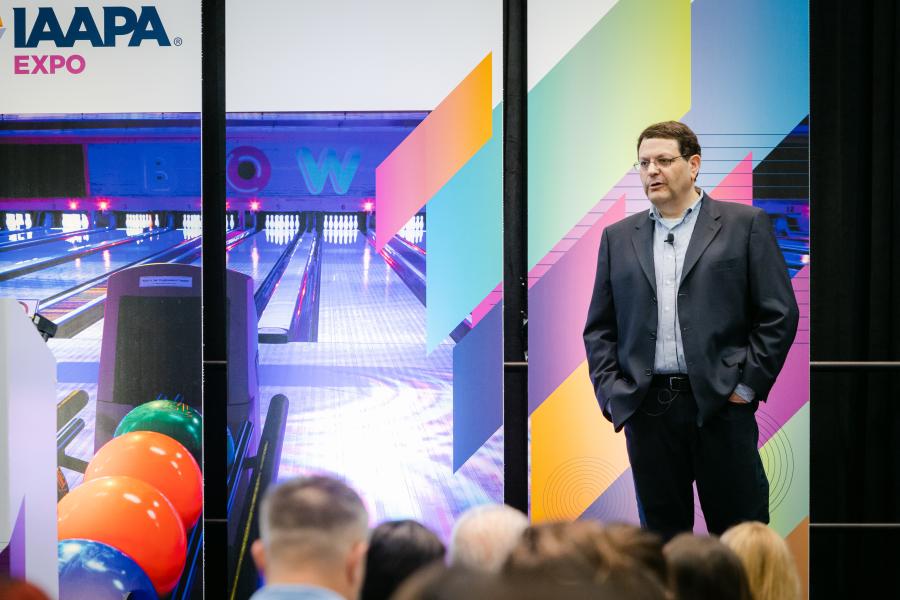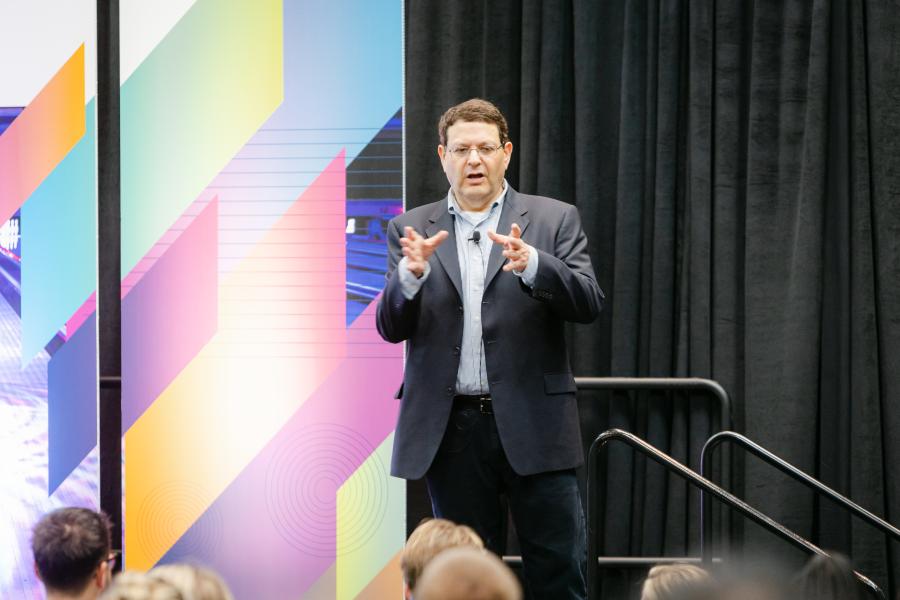With the competition that parks and attractions face from other leisure activities, it’s important for them to conduct research that allows them to gain insights about their audience. It’s even more critical now that the pandemic has caused major shifts in consumer spending and behavior; while conditions have improved, many people continue to stay in rather than seek out-of-home entertainment.
At an Expo EDUSession, Mark Kupferman, the former president of Carousel Insights, says that in this difficult environment, research can help drive attendance, satisfy guests, and grow revenue. It can also help with more granular issues such as determining how much to charge for tickets and what new food items to offer.
To start a research program, Kupferman suggests that attractions consider two types of studies: guest satisfaction and guest origin. Guest satisfaction surveys typically include several questions that cover a variety of topics. But the overarching goal is to determine how customers rate their overall experience at a venue. Guest origin surveys reveal data such as where customers live, their ages, their income levels, and why they came to the venue.
“You will be surprised how confident you’ll feel about your decisions when you actually have feedback,” Kupferman says.
Parks and attractions could hire an agency to conduct research, or they could do so in-house. While it takes effort and time, the cost savings are so significant, Kupferman recommends that venues do the work themselves. They need to get survey software, which is readily available and relatively inexpensive. The next steps are to write the survey and then administer it. When developing the questions, it’s important to make them short and easy to answer. Open-ended questions, Kupferman warned, should be used sparingly.
Surveys can be conducted in person, either at the exit gate or at self-service kiosks in a venue, or they could be sent via email and done online. Kupferman says that at-home surveys are generally more useful and less expensive. Incentives, such as gift card drawings, free tickets, or discounts, can dramatically improve response rates. To receive meaningful data, there should be at least 300 respondents; a sample size of 600 is more ideal. Survey panels, which are comprised of customers who indicate they want to participate in surveys, can be great tools for parks and attractions. They can quickly and regularly provide feedback.
“You need to be doing research,” concludes Kupferman. “Given how inexpensively you can do it, there is no excuse for not doing it.”


